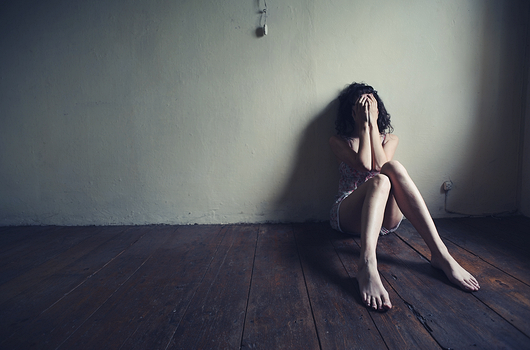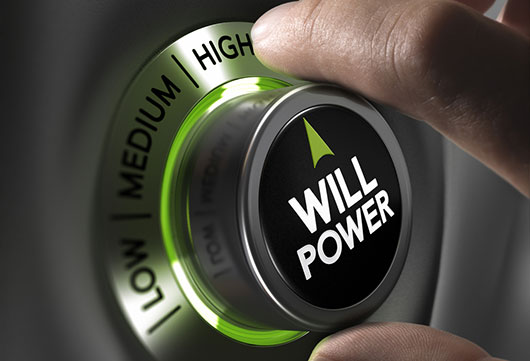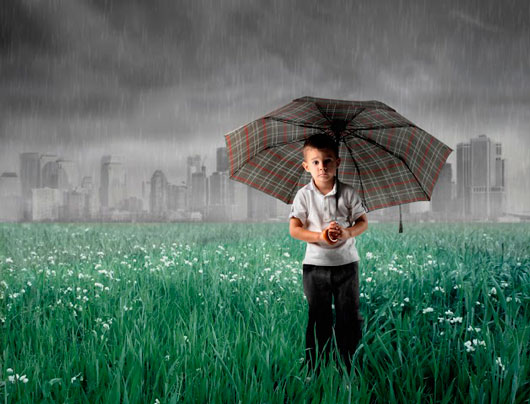- Bipolar Disorder
Also called manic-depressive illness, Bipolar disorder affects more than half a million Americans. Someone diagnosed with this type of disorder may have polarizing mood changes: severe highs (mania) and lows (depression). Sometimes the mood switches are dramatic and rapid, but most often they are gradual. When in the depressed cycle, an individual can have any or all of the symptoms of a disorder. When in the manic cycle, the individual may have high energy, excitement, racing thoughts, and poor judgment. These distinct periods are called “mood episodes.” Mood episodes are drastically different from the moods and behaviors that are typical for the person. Extreme changes in energy, activity, and sleep go along with mood episodes.













